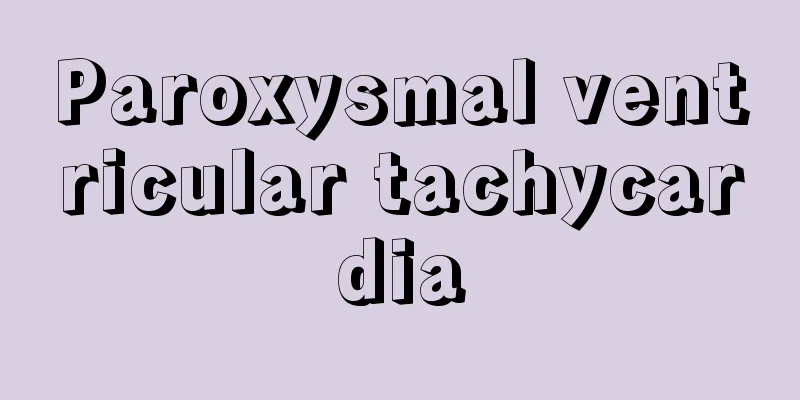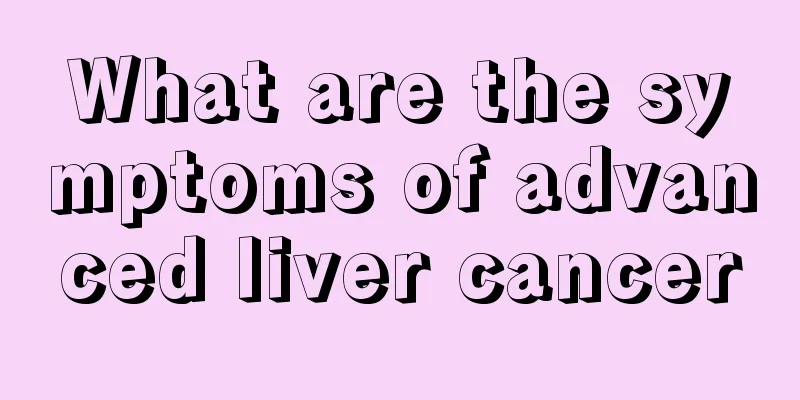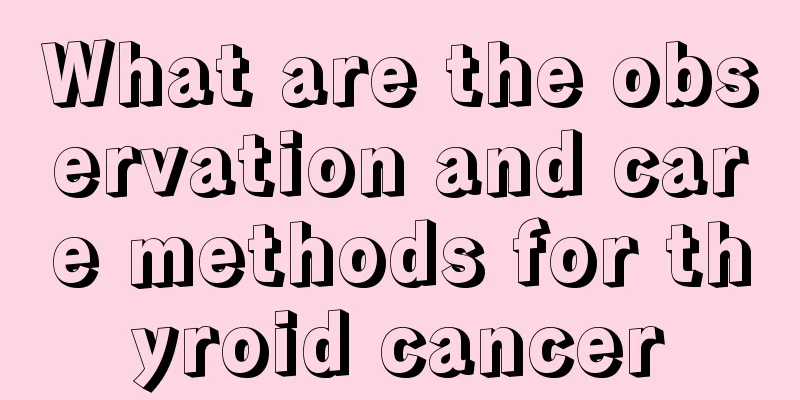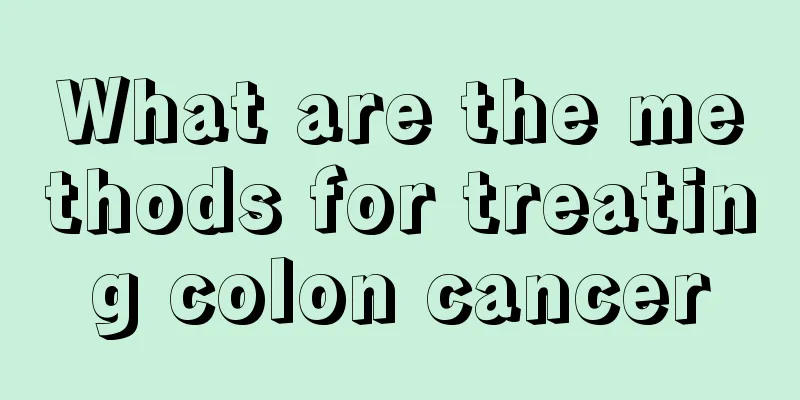Paroxysmal ventricular tachycardia

|
I believe that many people do not know the cause and symptoms of paroxysmal ventricular tachycardia, and many people do not know what harm this disease will cause to patients. Therefore, in order to increase everyone’s understanding of paroxysmal ventricular tachycardia, the following introduces in detail its causes and diagnosis methods. I hope everyone can take preventive measures against this disease. Paroxysmal ventricular tachycardia is mostly seen in patients with organic heart disease, especially coronary heart disease, acute myocardial infarction and cardiomyopathy. A few cases are seen in patients without obvious organic heart disease, drug poisoning and hypokalemia. Since ventricular tachycardia can lead to serious clinical consequences, it should be treated with caution in outpatient clinics and generally should be treated in hospital. diagnosis Paroxysmal ventricular tachycardia (I) Medical history and symptoms: ventricular tachycardia often occurs suddenly, and the patient feels obvious palpitations and chest tightness. It may occur on the basis of ventricular premature beats. When the heart rate is >200 beats/min or there is obvious organic heart disease, there may be angina pectoris, acute left heart failure, Ass syndrome, and even sudden death. A history of previous heart disease and episodes of ventricular tachycardia aids the diagnosis. Understanding the timing and frequency of attacks and recent history of medication use, especially antiarrhythmic drugs, cardiotonic agents, and diuretics, can sometimes help find the cause of ventricular tachycardia. (B) Physical examination findings: Patients with short-term ventricular tachycardia or sustained ventricular tachycardia without hemodynamic disorders generally have stable vital signs, and their heart rate is fast and roughly regular when auscultated. Premature beats can be heard between attacks. Patients with underlying heart disease or a heart rate >200 beats/min may experience symptoms of hemodynamic disorders such as low blood pressure, dyspnea, sweating, and cold limbs, indicating that the patient's condition is critical and requires emergency treatment. (III) Auxiliary examinations: The electrocardiogram can provide a clear diagnosis and can record more than three consecutive rapid, wide, and deformed QRS waves that are unrelated to P waves. Ventricular capture and ventricular fusion waves can sometimes be seen. For patients with infrequent or brief attacks, 24-hour dynamic electrocardiogram (HEMG) monitoring may be helpful for diagnosis. Cardiac ultrasound can identify underlying heart disease. (IV) Differential diagnosis: It should be differentiated from preexcitation syndrome with accessory pathway conduction or supraventricular tachycardia accompanied by bundle branch block. treat (I) Treatment of acute attacks: Ventricular tachycardia can lead to hemodynamic disturbances and must be corrected promptly. Most patients should be hospitalized for treatment. Lidocaine is the first choice for drug treatment. 50-100 mg should be diluted and slowly injected intravenously. It can be reused if ineffective. After the effect takes effect, it should be maintained by intravenous drip at 1-4 mg/min. Alternatively, 75 mg of propafenone or 150 mg of amiodarone can be diluted and slowly injected intravenously, and maintained by intravenous drip. When there is obvious hemodynamic disorder, synchronized direct current cardioversion is the first choice, and the cardioversion energy is preferably 300 joules. At the same time, the underlying heart disease should be actively treated and blood potassium should be supplemented. (ii) Prevention of attacks: To prevent attacks, intravenous lidocaine can be given, bradycardiac 450mg-800mg/d, quinidine 450-800mg/d, and amiodarone 200-600mg/d can be taken orally. Effective treatment of the underlying disease and long-term supplementation of potassium are helpful in preventing ventricular tachycardia. |
<<: Throat swallowing is obstructive
>>: Is it good to eat raw garlic
Recommend
What are the early symptoms of liver cancer
In recent years, the incidence of liver cancer ha...
Avocado is too hard
Avocado is a very common fruit in our daily life,...
How much does it cost to treat early testicular cancer
How much does it cost for early treatment of test...
What are the methods to prevent kidney stones
Everyone should take the prevention of kidney sto...
Can I drink mung bean soup if I have skin allergies?
Skin allergy is a common disease. It may seem har...
Pimples on both sides of cheeks are red and itchy
Acne on both sides of the cheeks is a common cond...
How to perform acupoint massage to lower blood pressure?
For patients with hypertension, lowering blood pr...
Why are eyes afraid of light? How to prevent eyes from being afraid of light?
We usually find that when our eyes encounter stro...
The efficacy and function of black fish skin
Although not many people around us like to eat bl...
What is the reason for coughing and spitting black phlegm
Coughing is a common occurrence. Most of the time...
Treatment principles of experts at the best hospital for lung cancer
As the saying goes, a cigarette after a meal is b...
What are the causes and treatments for numbness in hands and feet
In daily life, many people experience numbness in...
Liver cancer has many red moles on the back
Liver cancer is a serious malignant tumor with va...
What to do if you have scalp pain and hair loss
Scalp pain and hair loss are very common phenomen...
What is the name of the medicine for athlete's foot?
Most people now wear shoes bought from shopping m...









